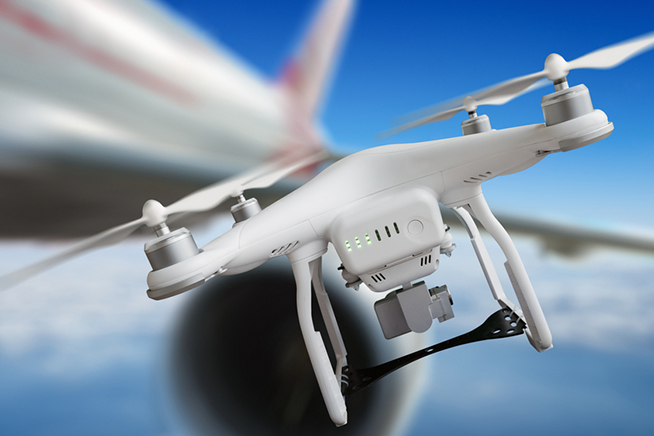New regulations enacted: prohibition to fly above 90 meters and near airspaces. Heavy economic penalties of up to 3000 dollars are expected
The spread of drones, now used in every sector, raises some questions. Above all with regard to the safety of people. If those for working use must pass a series of security measures and follow the rules, non-commercial drones move within a gray area, still poorly defined from the legislative point of view.
Some countries have decided to take cover, launching rules on the subject. The latest in chronological order is Canada. The North American state has approved, in fact, a set of regulations for drones for recreational use. This is a set of rules aimed at curbing the wild proliferation of robotic devices. In fact, Canada had already intervened previously, setting limits to non-commercial drones. However, these limits did not provide for the application of fines to violators. The new rules instead provide for them. And they are also quite steep. We are talking about fines that can reach 3000 Canadian dollars (a little more than 2000 euros).
The new rules
Now let's take a look at the new rules that concern all drones with a weight between 250 grams and 35 kilograms. Virtually all recreational aircraft currently on the market. The plan launched by Canadian institutions provides that drones cannot fly more than 90 meters above the ground. They cannot, then, move away from the operator for more than 500 meters. Devono, inoltre, mantenere una distanza di sicurezza da persone, costruzioni, animali, folle, veicoli, imbarcazioni di almeno 75 metri.
Divieto di volo entro 9 Km dagli aeroporti
I droni devono volare a non meno di 9 chilometri di distanza dagli aeroporti o da altri centri di volo e a 9 chilometri dagli incendi nelle foreste. Non devono, poi, intralciare le forze dell’ordine e devono essere riconducibili al proprietario (nome, indirizzo e numero di telefono devono essere presenti sul velivolo). Non possono volare durante la notte e in presenza di nuvole. E l’operatore, se non vuole andare contro le regole, non deve perdere mai di vista il velivolo robotizzato.
 Fonte foto: Shutterstock
Fonte foto: Shutterstock
Premi sull’immagine per scoprire i migliori droni in circolazione
